Biophilic space is a fresh way of engaging with the already constructed environment. Biophilic design is the ideal response for architects and designers who want to reconnect with nature’s beauty, sustainability, and essence because of urbanization and life orientation.
What is biophilic interior design?
Biophilic design differs from traditional interior design as it engages factors such as trees, plants, and sunlight consciously to provide experiential experiences. This nature-centered approach enhances well-being by integrating organic elements like natural light, greenery, and raw materials into indoor spaces. Biophilic interiors not only promote sustainability but also foster a calming, sensory-rich environment that connects occupants to the rhythms of the natural world.
1. 365° House by A.H. Architects, Japan
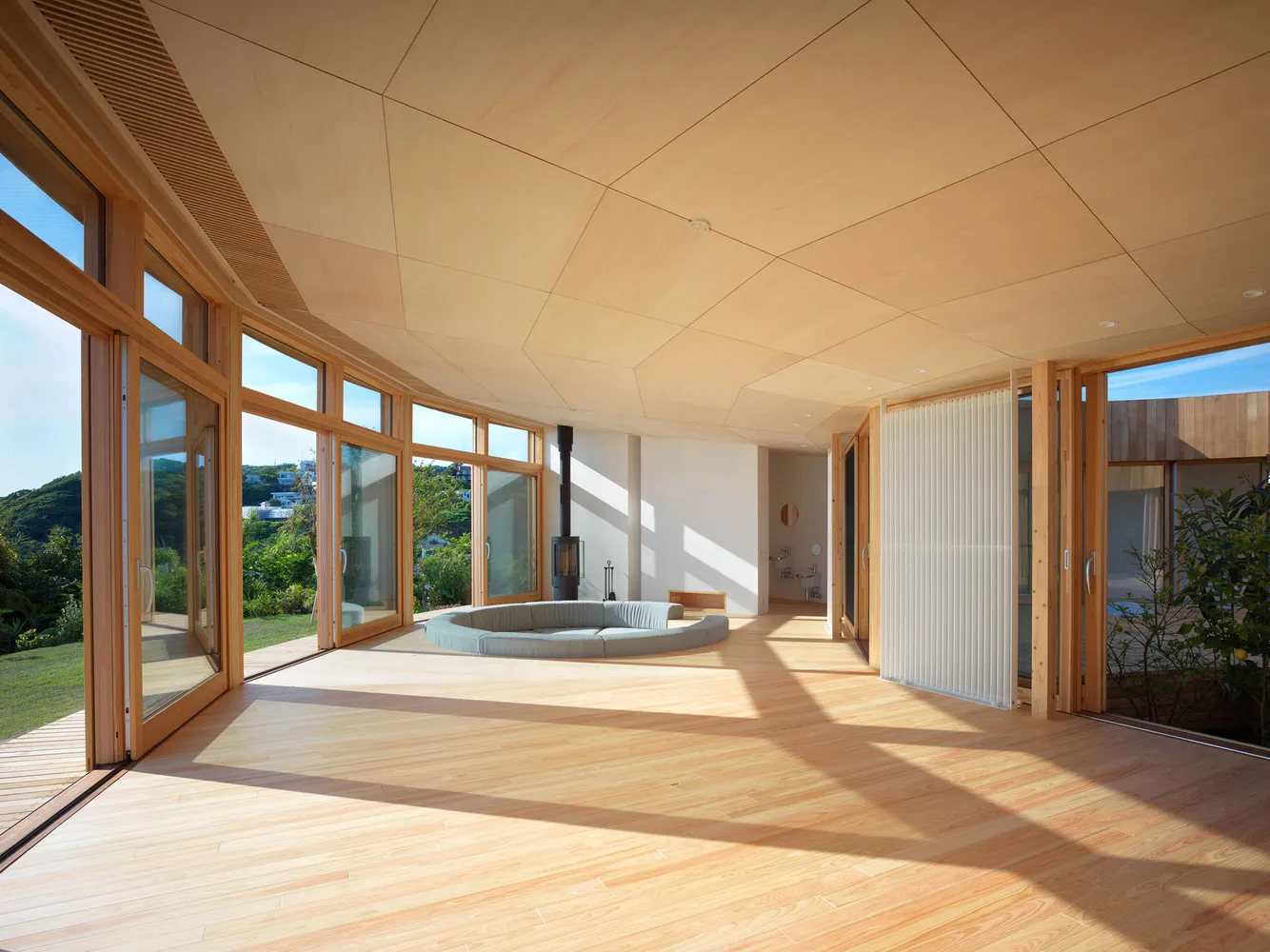
The 365° House in Japan, the ultimate design of a biophilic house, is a design work created by A.H. Architects. The domed house is located in a Japanese forest and has glass facades that open up to panoramic 360-degree views of the surrounding pine trees. The foundation of the building is made of natural wood and exposed concrete, allowing it to blend seamlessly with its natural surroundings. Passive ventilation has been used to create comfort inside the building with the assistance of prevailing winds.
2. The Vibes Office by Infinitive Architecture, Canada
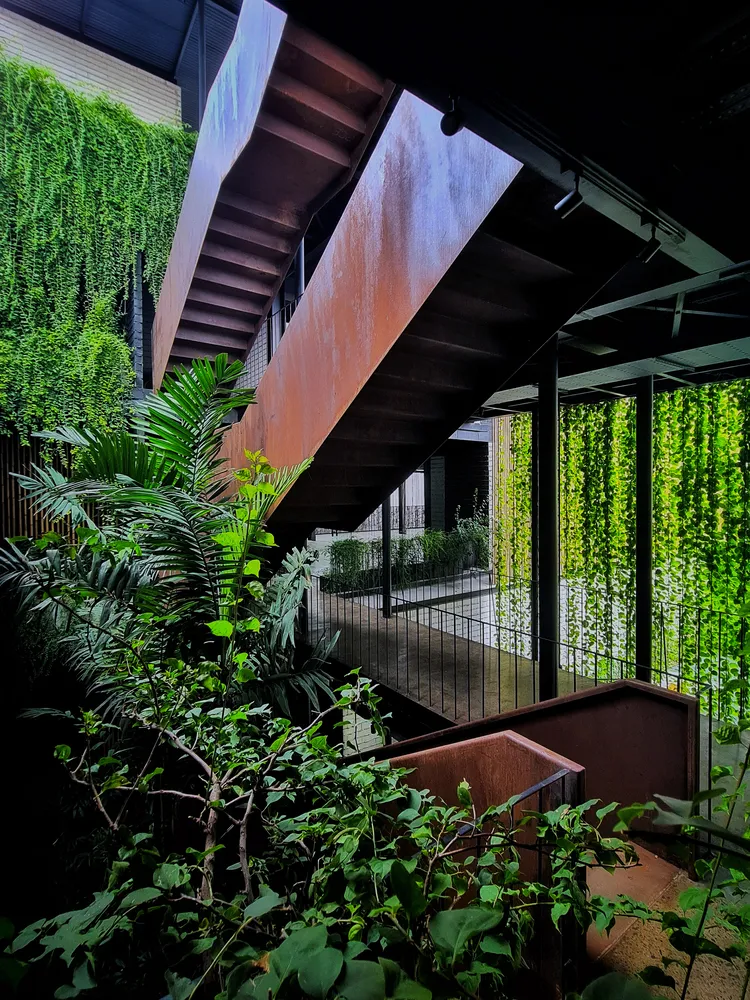
Infinitive Architecture’s Vibes Office in Canada is a pure embodiment of how biophilic design can be the reason for the happiness and productivity of workers, even without its aesthetic appeal. Planters and green walls take over the atrium of the open office, creating a nature-inspired atmosphere in the space. In their natural look, natural ventilation, and wood trims, operable windows create a soft, down-to-earth ambience. Access to nature in the workplace can enhance workplace productivity, focus, and overall well-being at work, which are all crucial for knowledge work in the modern era.
3. Urban Farming Office by VTN Architects, Vietnam
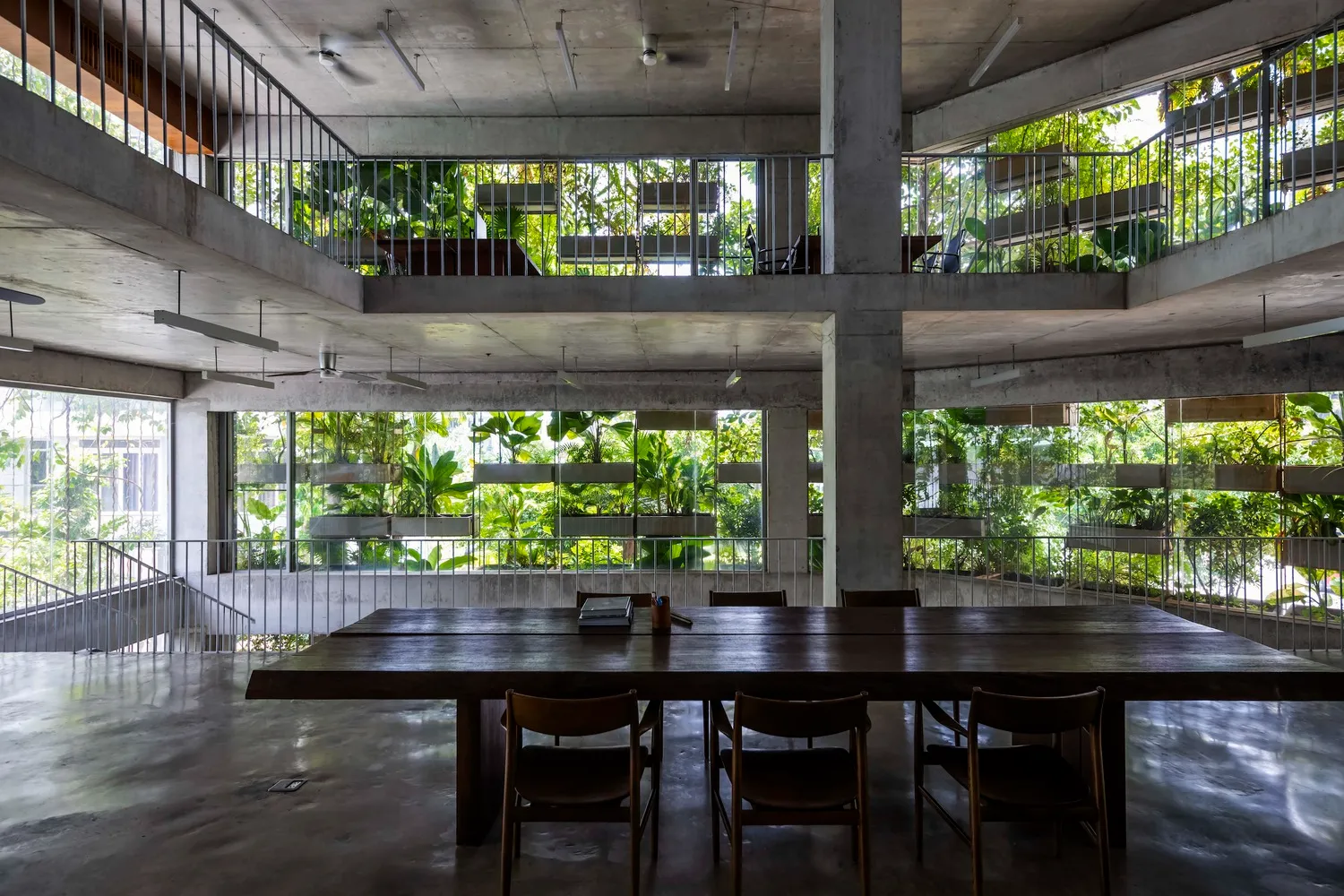
In Vietnam, VTN Architects manages the Urban Farming Office, which incorporates edible landscape design into its office and pushes boundaries with biophilic interior designs. The workplace is being transformed into a vegetable garden by the implementation of hydroponics and indoor vertical farming systems, which aim to ensure that workers can grow their own fresh vegetables while also breathing clean air. It’s effortless to make opens from gardens to outside courtyards, and mechanical HVAC is unnecessary due to cross-ventilation.
4. Thorncrown Chapel by E. Fay Jones, USA
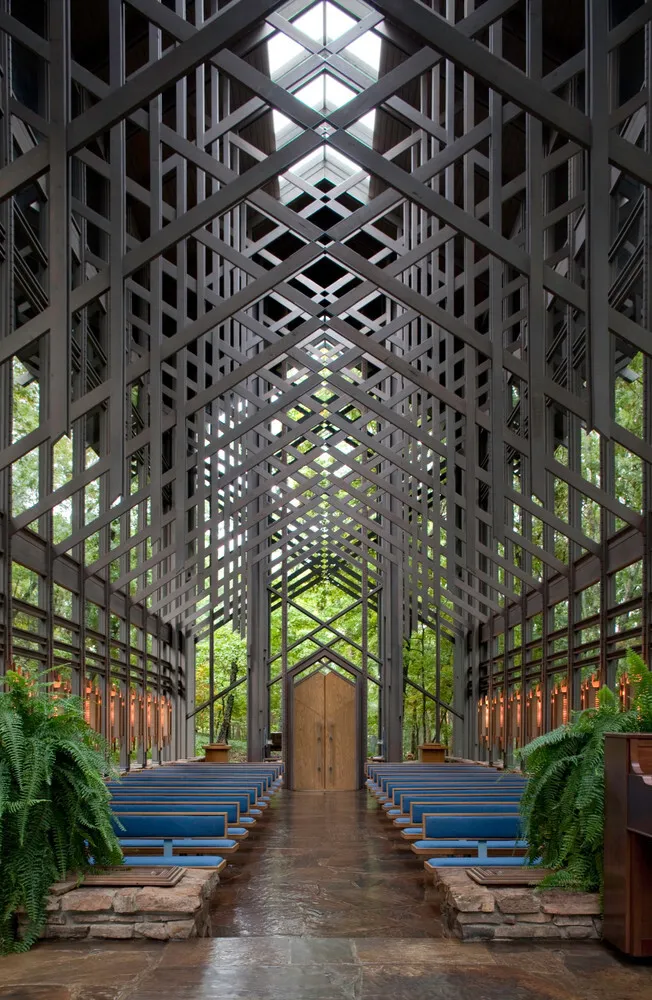
Thorncrown Chapel by American architect E. Fay Jones, known for his talent of connecting architectural motifs and nature, is famous. The chapel lies in the forest woods of Arkansas and is a wooden structure constructed by replicating details found in the surrounding trees. Transparent glass walls and natural air supply provide tourists with an overall view of the forest. The hotel, as well, is constructed for the same purpose.
Form is no longer enough to meet the growing need for biophilic space. Looking to explore organic biometric design? Check out the “Artefacts of Growth: Biomorphic Structures in Cinema 4D,” a workshop focused on parametrically driven organic spaces.
5. Wall House by CTA, Vietnam
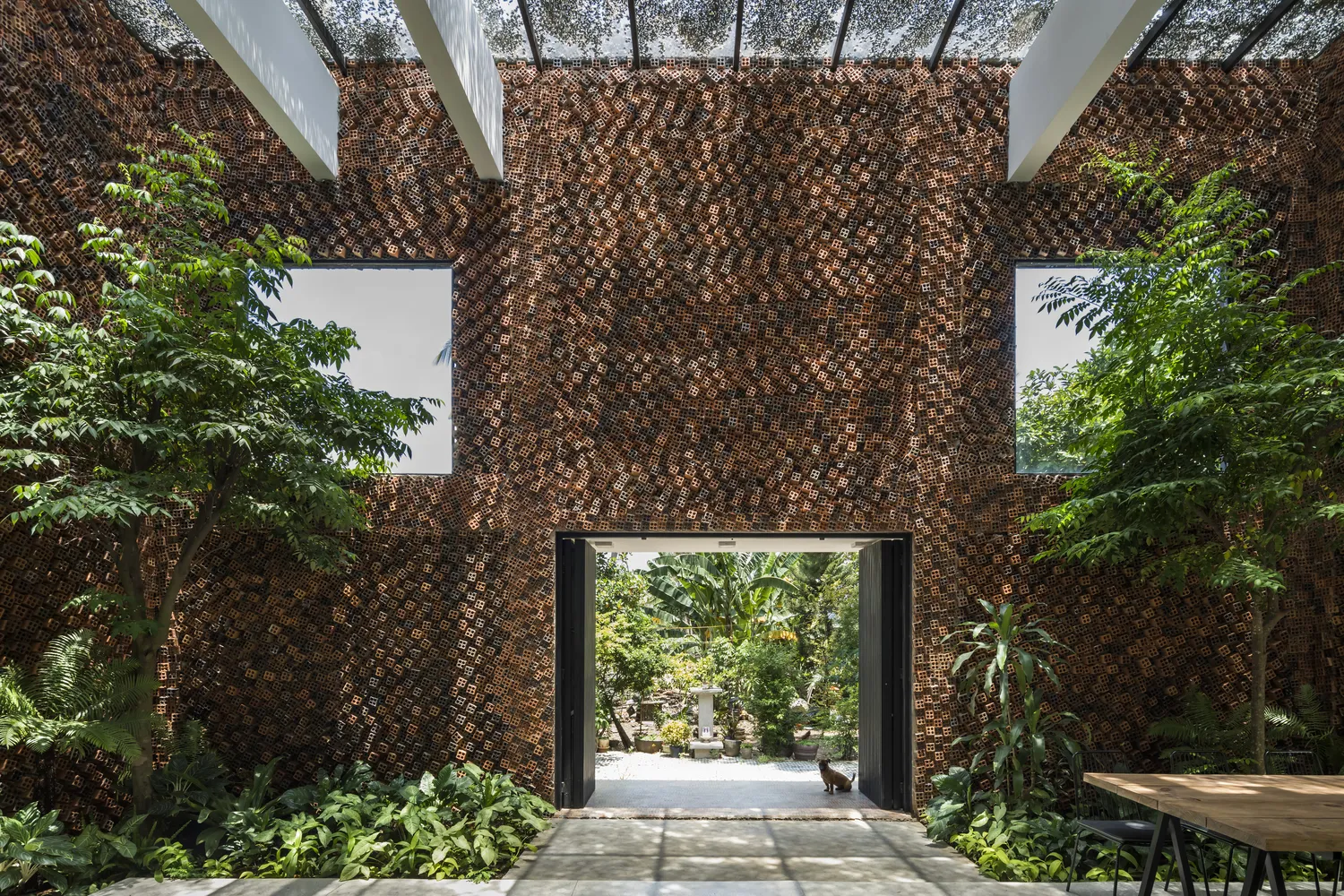
Wall House, designed by CTA in Vietnam, exemplifies the impact of biophilic designs on dense urban areas, particularly in tropical urban environments. It consists of an internal porch enclosed by thick foliage, with permeable brick walls flooding living areas and providing uninterrupted air movement, thus minimising the need for artificial climate management. The dwelling adopts the Vietnam winds to introduce passive cooling and regulate temperature.
6. Greenary Residence by Carlo Ratti Associati and Italo Rota, Italy
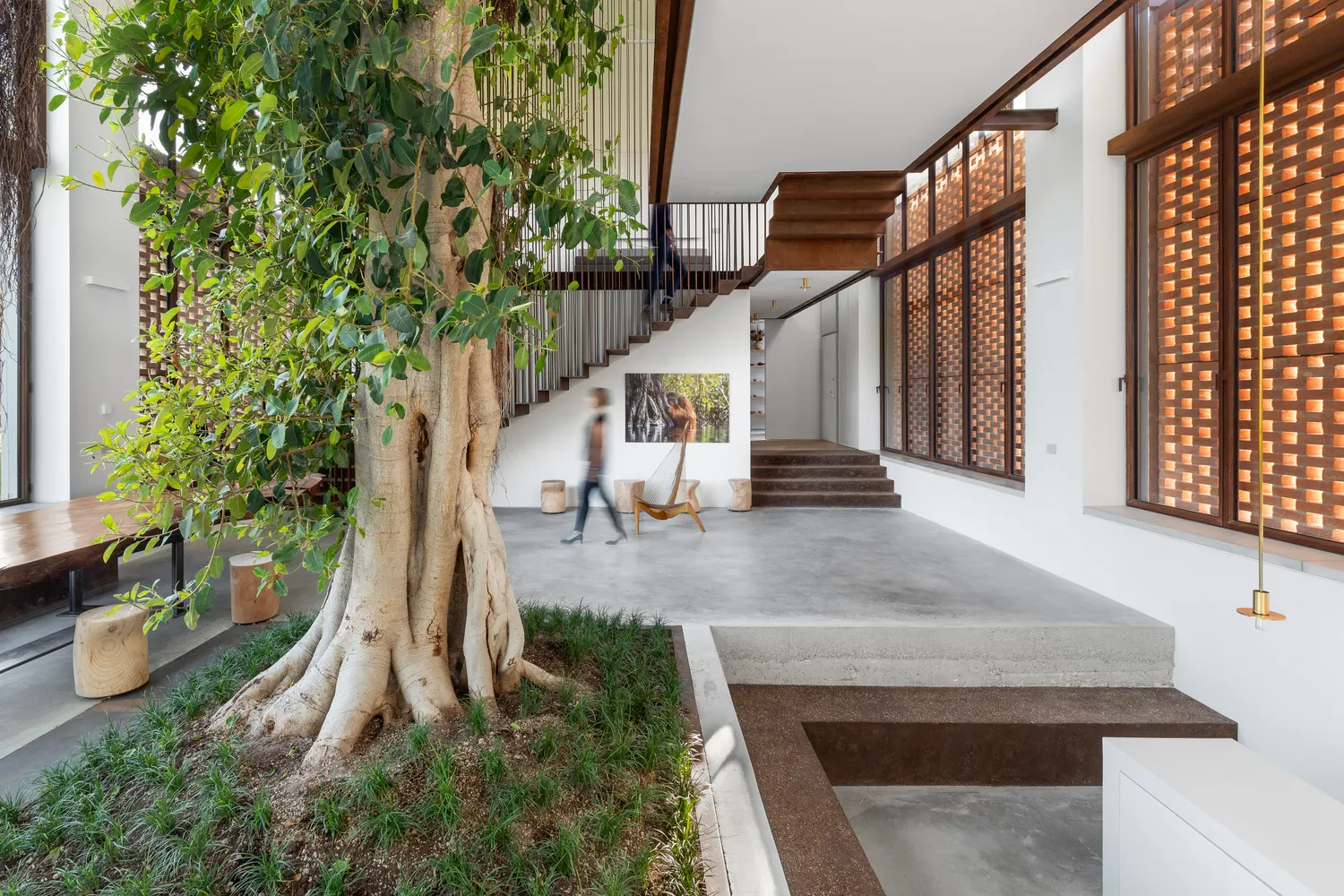
A literal representation of nature-based architecture is evident in Greenary Residence by Carlo Ratti Associati and Italo Rota in Italy. The centrepiece of this house is a vertically planted ficus tree that stands 10 meters tall. Within the house, the tree develops in different stages and tasks under a canopy of light beneath tiny glass doors.
7. CapitaSpring by BIG and Carlo Ratti Associati, Singapore

CapitaSpring, a research project of BIG and Carlo Ratti Associati in Singapore, indicates that urban skyscrapers with high density can still develop biophilic interiors. The structure, which is a 280-meter tall mixed-use skyscraper, brings nature closer with its numerous levels of artificial foliage and a 35-metre indoor Green Oasis atrium filled with tropical plants. The tower has its own set of homes. Intelligent irrigation, daylight sensors, and efficient climate control systems create favourable growing conditions for plants without jeopardizing occupant comfort.
8. NOMA 2.0 by BIG, Denmark
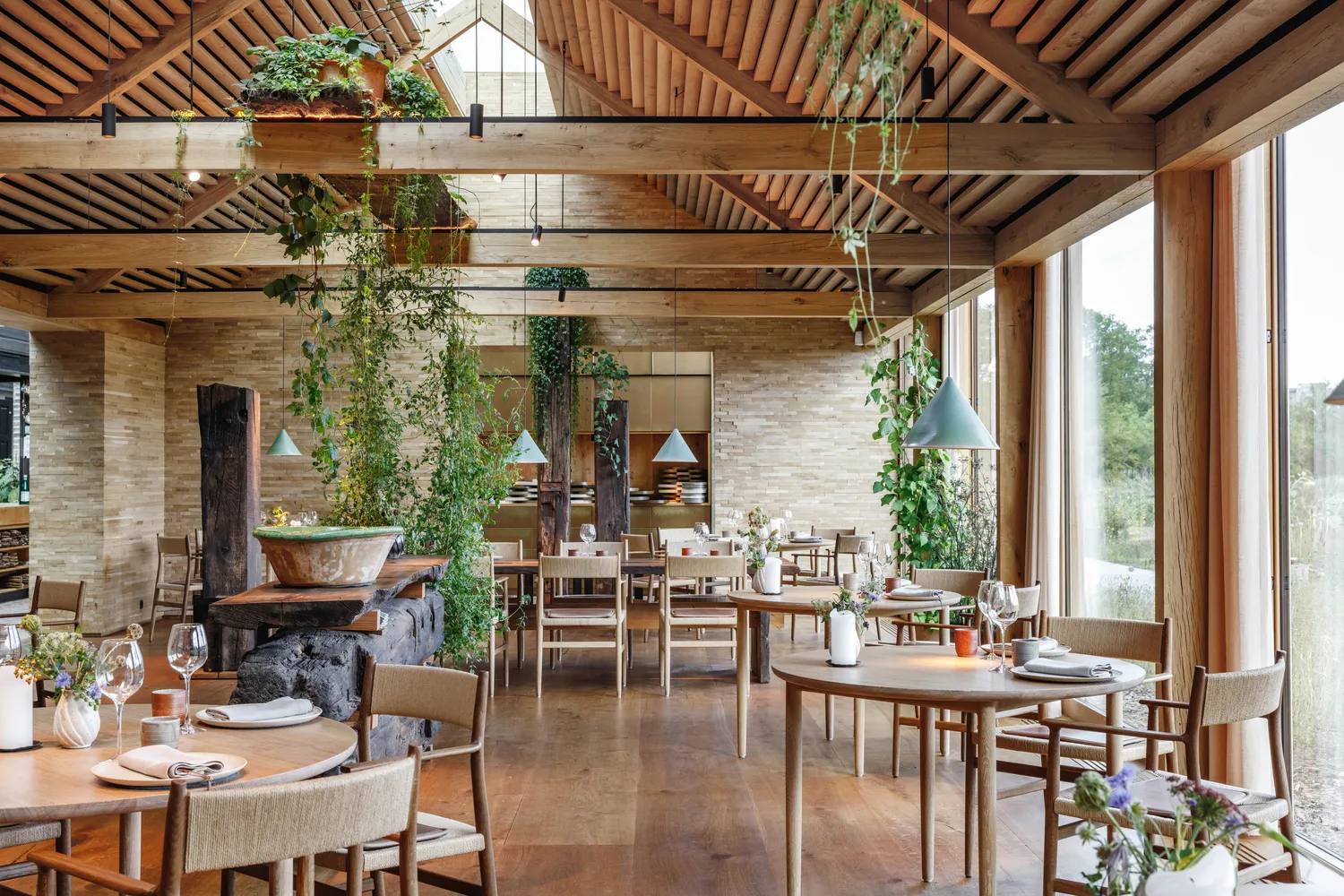
Biophilic interior design is the focus of Bjarke Ingels Group’s (BIG) Copenhagen restaurant, NOMA 2.0. Gardens and greenhouses surround the restaurant’s architecture, which creates a clear separation between infrared and high-frequency radiation. Visitors are drawn into the landscape outside every glass-and-timber pavilion. The use of natural materials, such as oak, stone, and leather, provides warmth; the glazed walls, from top to bottom, filter daylight effectively.
9. Earthscape Studio’s Wendy House, India

Biophilic and environmentally conscious design, The Wendy House by Earthscape Studio stands out in the serene outskirts of Bengaluru. It is built of natural materials: exposed brick, mud blocks, the remnants of reclaimed wood and stone, it sits among forested areas.'”. Interactions with nature are made possible by large openings, courtyard walls, and verandahs. The architecture preserves the mature trees by wrapping them around a wall instead of tearing them down. This is an exceptional achievement.
10. Second Home Hollywood Office, California

Second Home Hollywood, also known as holLA, is a visionary coworking campus by Selgascano that transforms a 90,800-square-foot East Hollywood site into a vibrant fusion of nature, architecture, and cultural heritage. Anchored by a restored 1964 building by Paul R. Williams, the first prominent African-American architect in Los Angeles, the project weaves together history and innovation. Around this landmark structure, 60 translucent, plant-immersed office pods are scattered across a lush garden filled with over 10,000 plants. Designed to support natural ventilation, daylighting, and biodiversity, holLA reimagines the urban office as a living, breathing ecosystem where work and nature flourish together.
Why Biophilic Interiors Are Essential in Modern Architecture
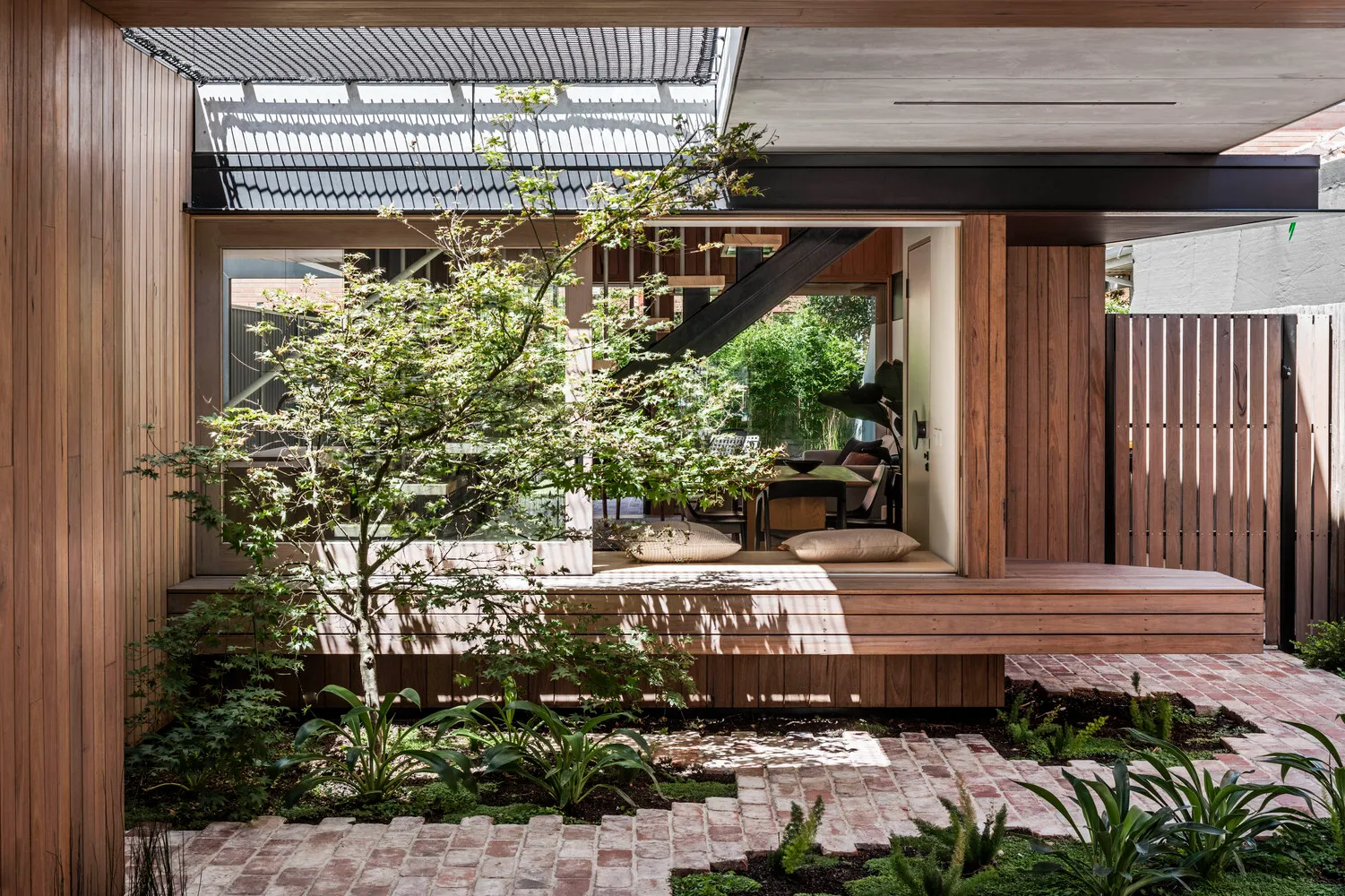
These projects, although not precisely similar, all incorporate some use of biophilic design concepts as evidence of this multifaceted and practical technique. Large windows and skylights provide residents with the opportunity to engage with nature without ever having to leave it behind, and interior gardens and green walls are modal modes of communication.
Biophilic architecture emphasizes the importance of incorporating natural elements into the design of houses, offices, hospitals, and cities, recognizing them as essential spaces that nurture both people and the planet.




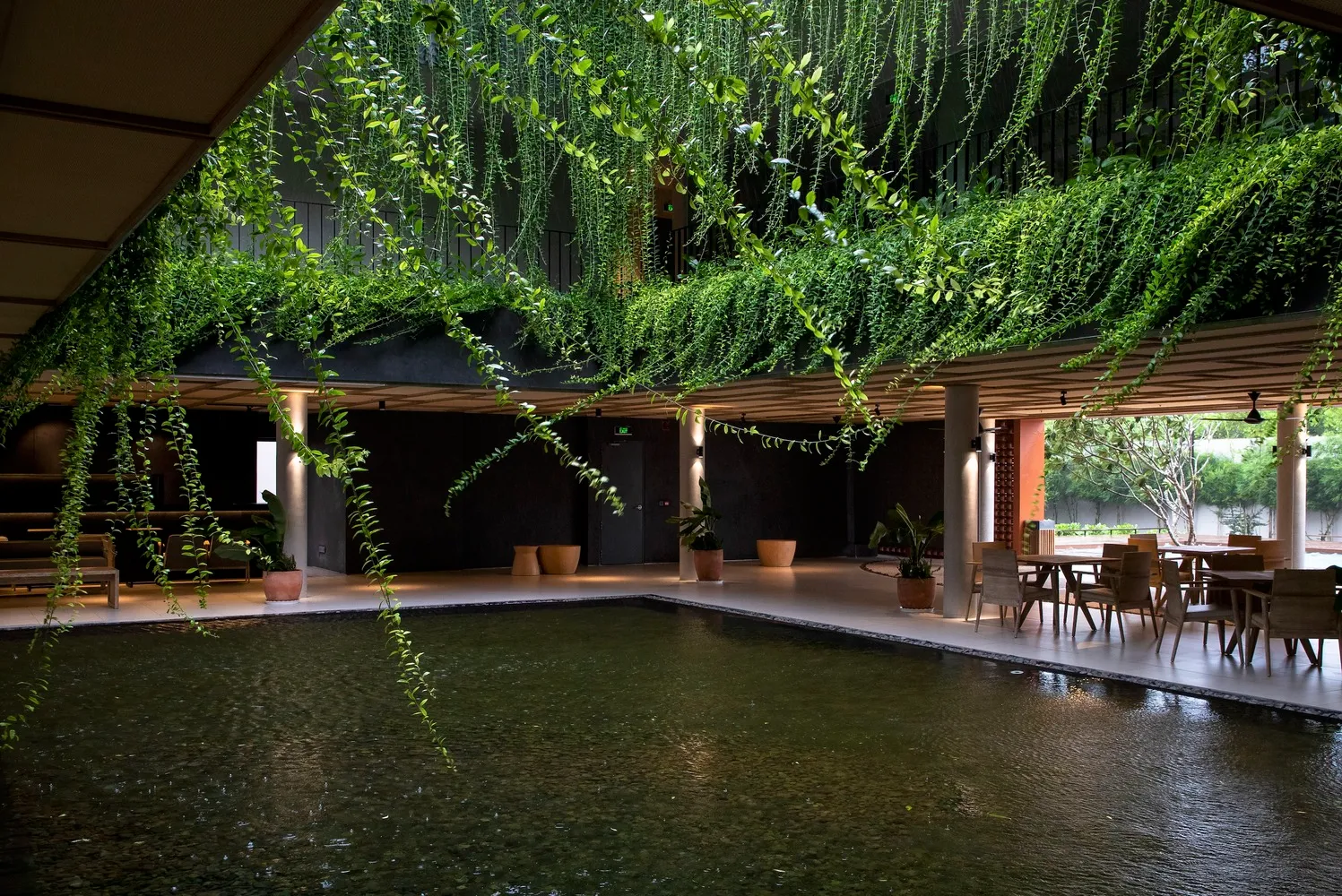












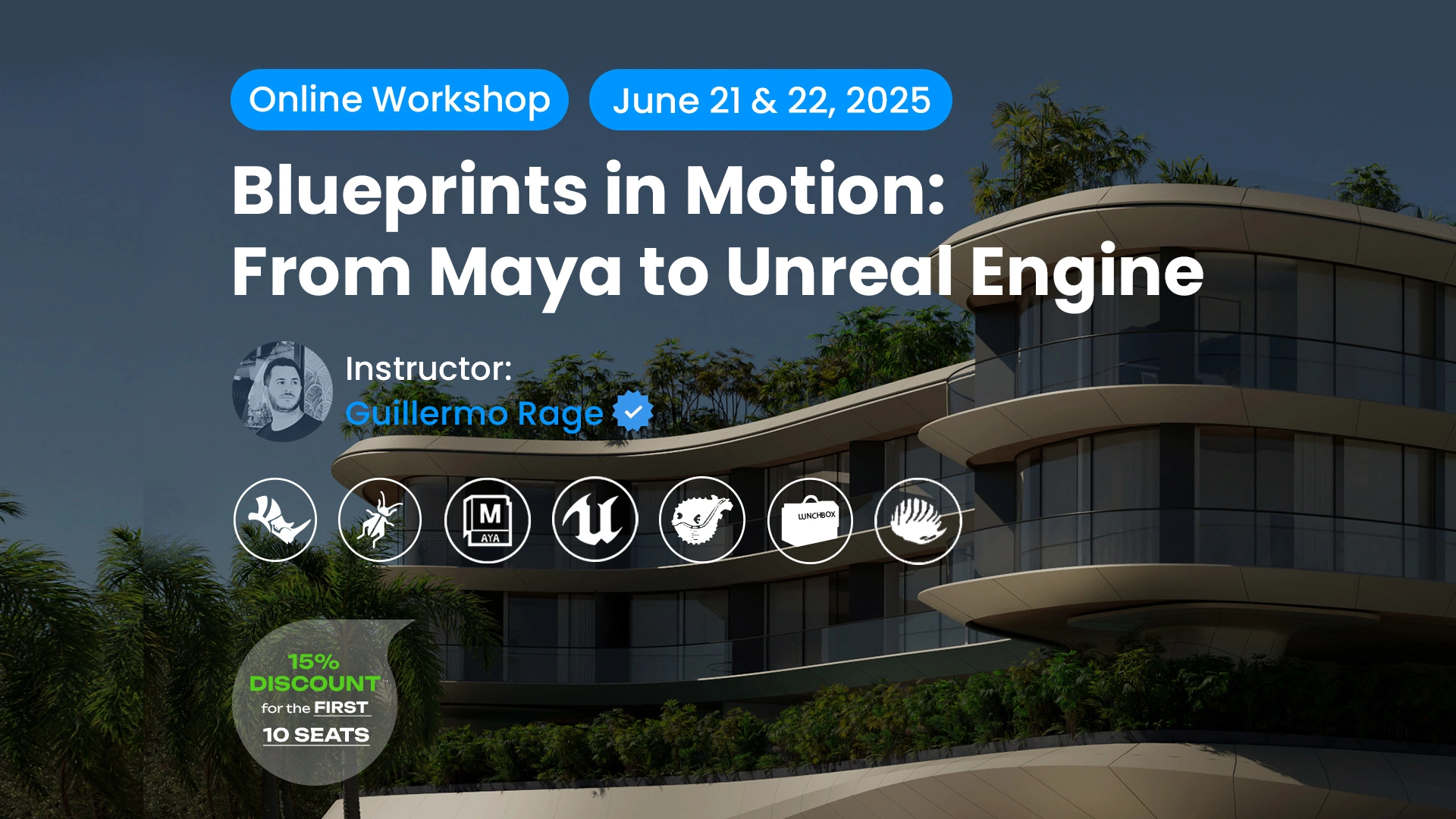






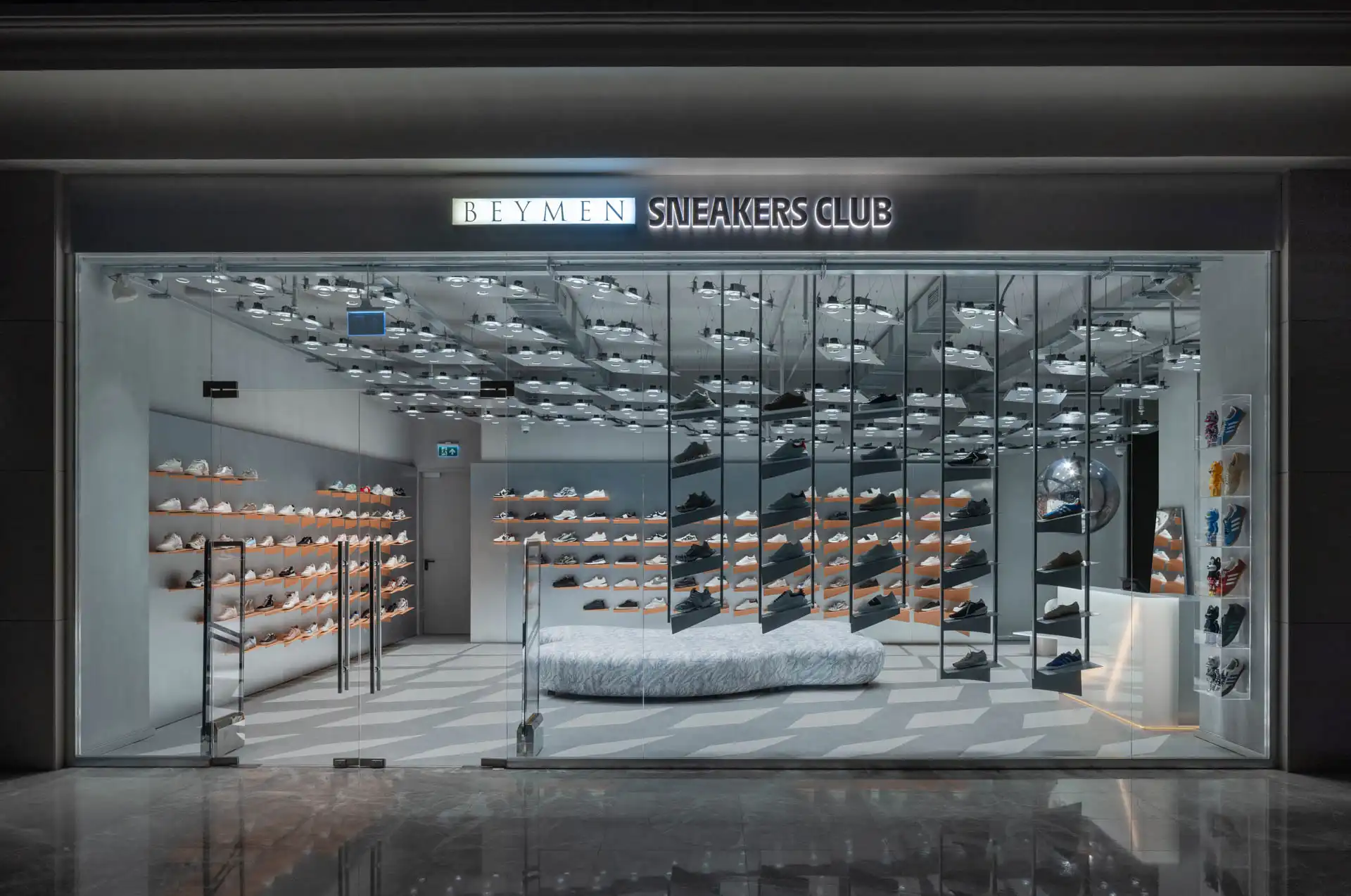



Leave a comment